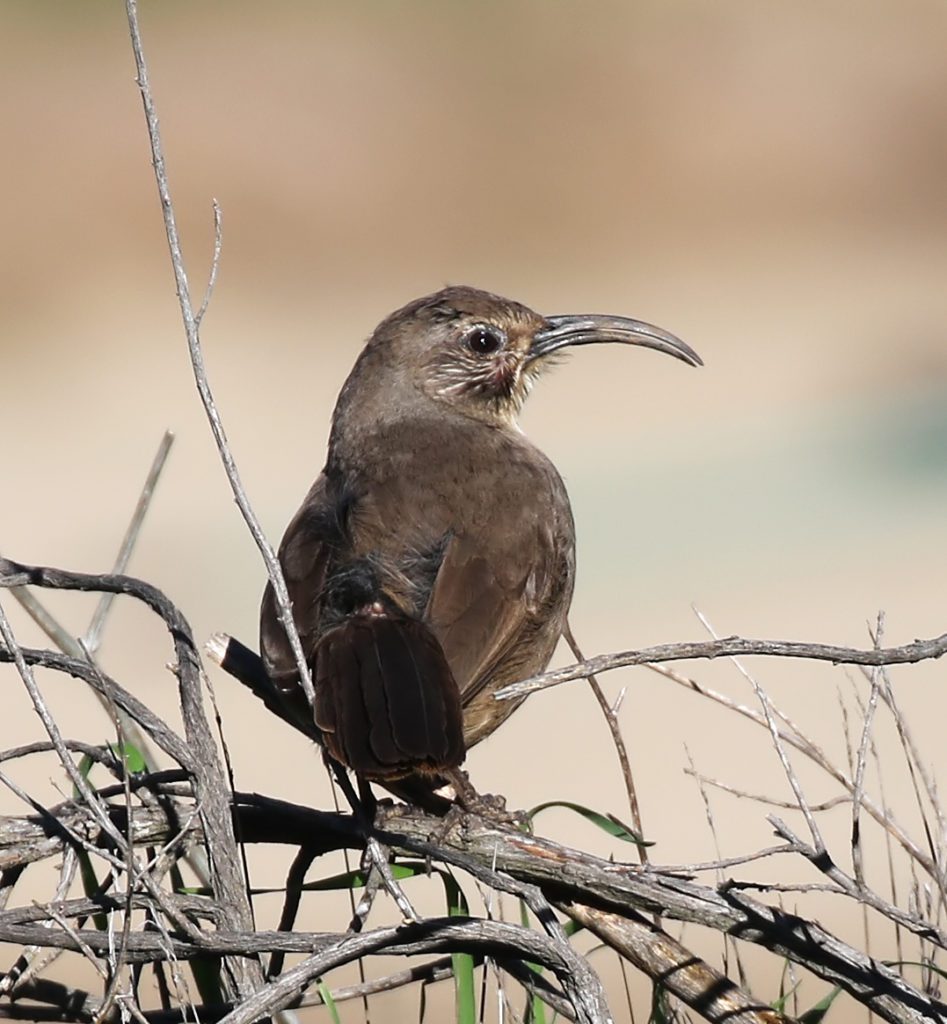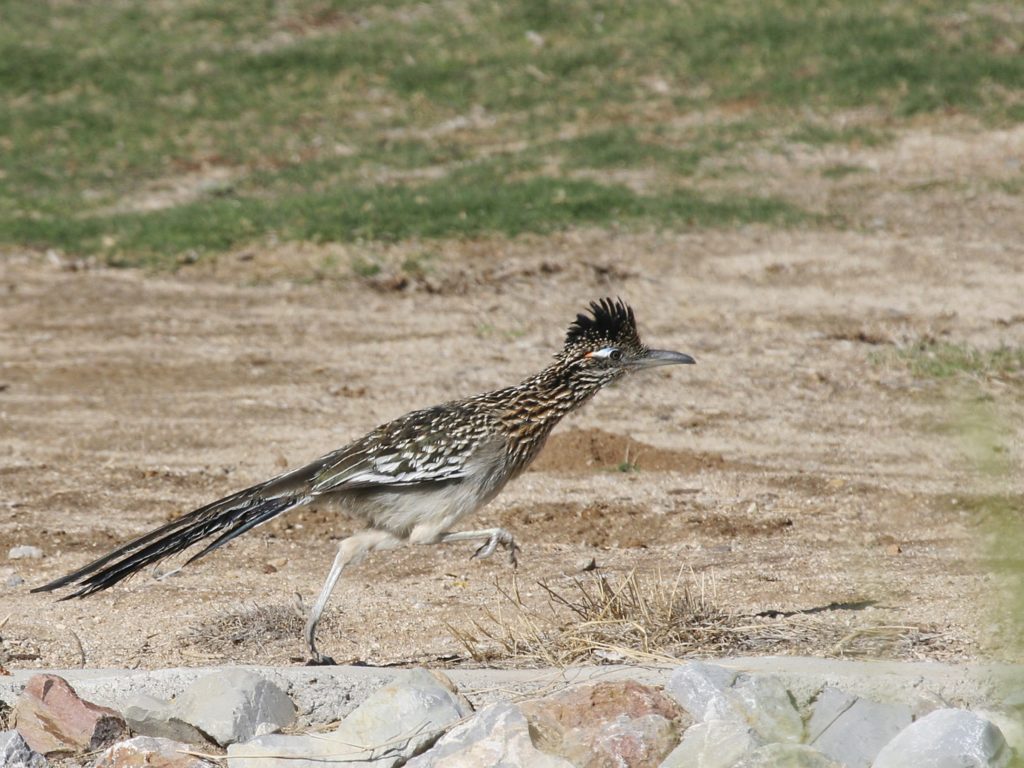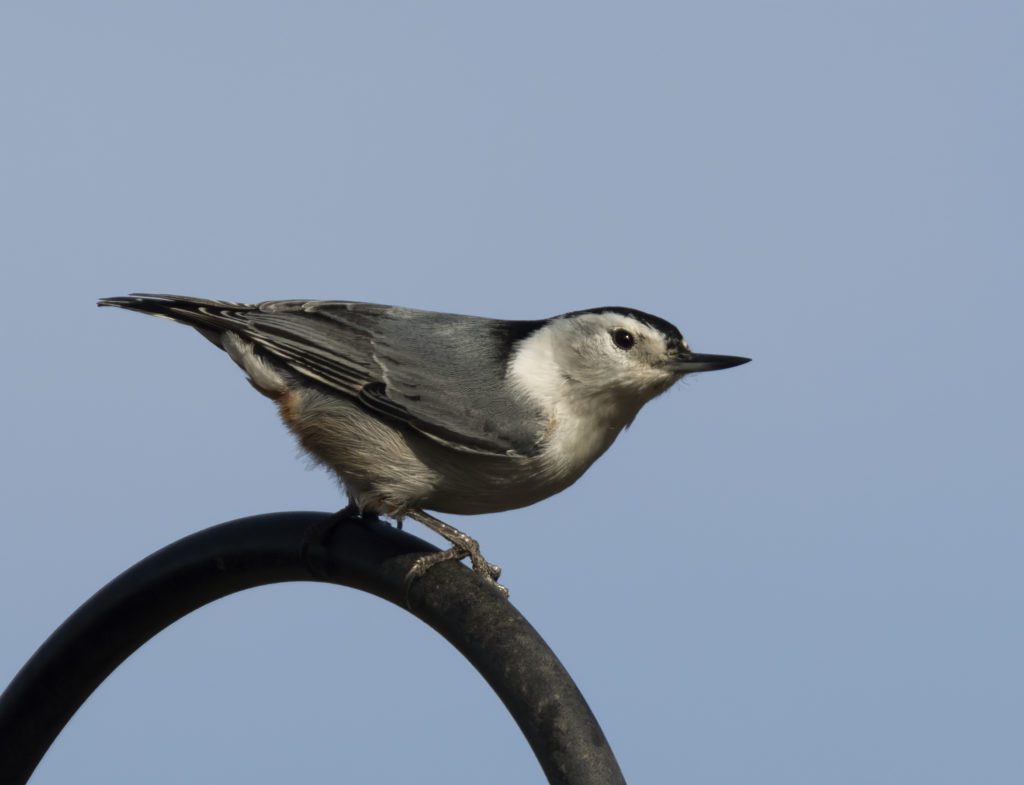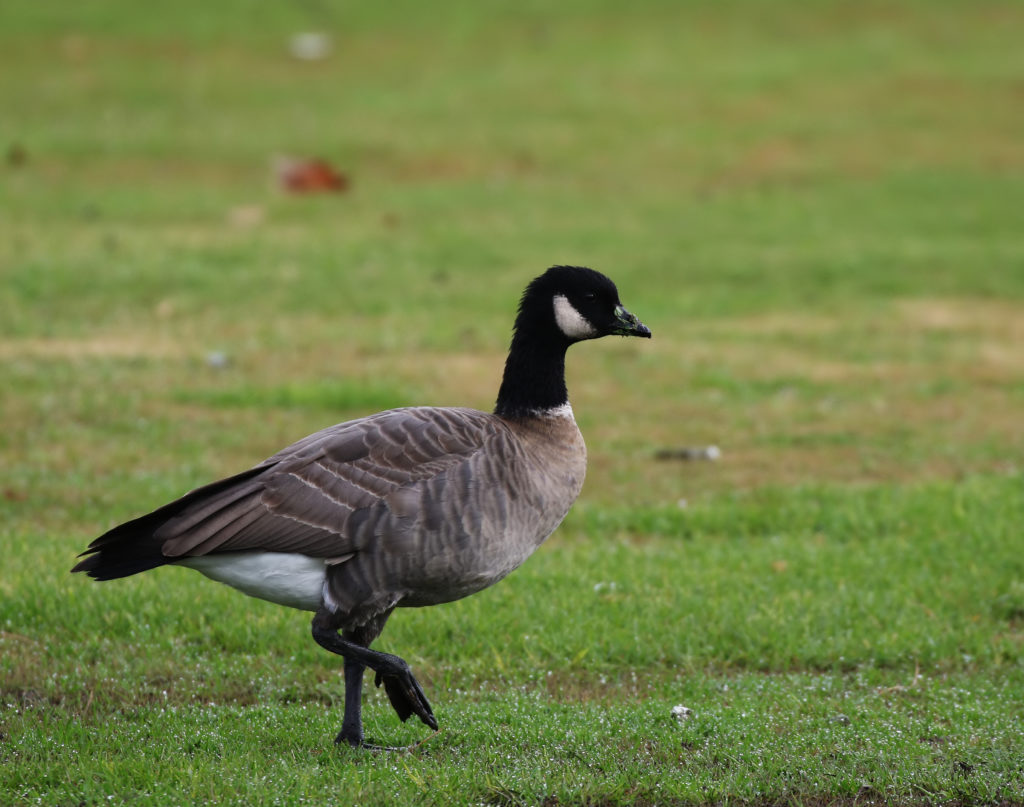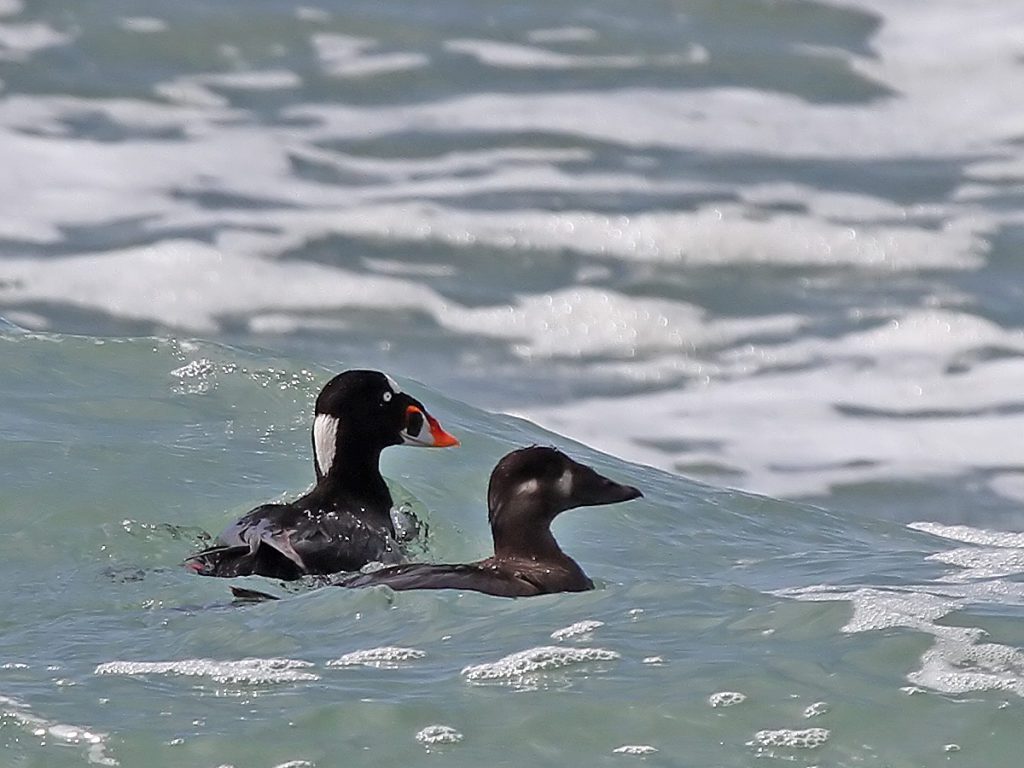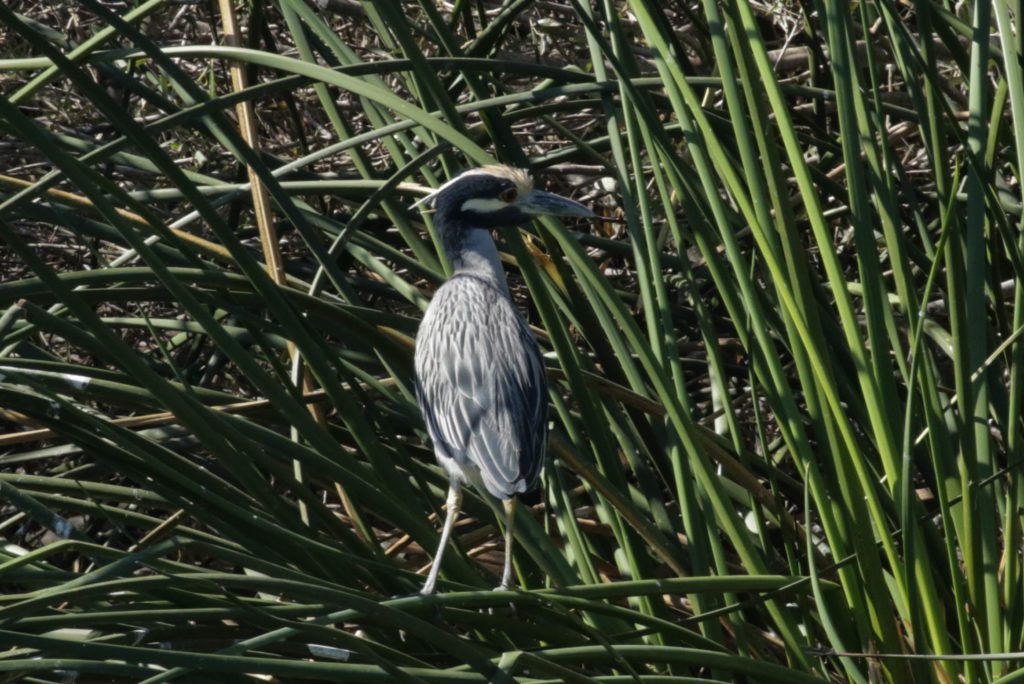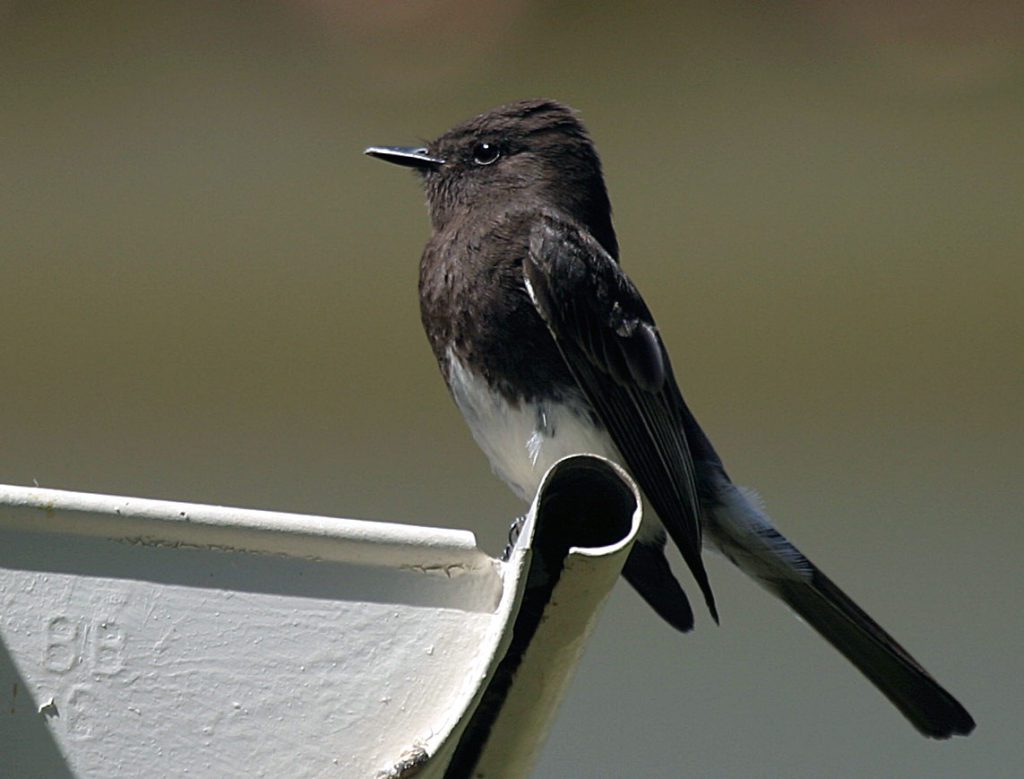Christmas Bird Count – 2022
Birders, if you are looking for a way to contribute to understanding the status of wintering birds in North America, please join us for the National Audubon Society’s 123rd annual Christmas Bird Count (CBC) on Sunday December 18, 2022, and help cover the Conejo Valley Audubon Society’s “Thousand Oaks” CBC circle.
All photos by Don Klabunde unless otherwise noted
This is our 47th CBC, and we’re hoping to top last year’s count of 194 species!
Last year’s highlights included our second consecutive year of finding Tricolored Heron and Plumbeous Vireo; both of which were firsts for the count over the last few years. Other notable birds included all 6 geese species (we rarely get them all), 2 Eurasian Wigeons, a Black Scoter, 29 Canvasback, 4 Least Bitterns, 7 Reddish Egrets, 88 Yellow-crowned Night-Herons, 2 Ridgway’s Rails, a White-winged Dove, a Short-eared Owl, a Common Poorwill, a Red-naped Sapsucker, and 9 Vermilion Flycatchers. Birds recorded within a week of the count, but missed on count day were Bald Eagle and Prairie Falcon. However, we had a number of surprising misses including Green Heron, Chipping Sparrow, Bell’s Sparrow, and Grasshopper Sparrow. In addition, we missed a number of uncommon species that are not found every year but were generally around last winter (Lewis’s Woodpecker, Mountain Bluebird, Pine Siskin, White-throated Sparrow, and others). However, when all was said and done, we recorded 37,000 individual birds! We hope to do even better this year, but need CVAS members to close out the year right by getting up early and being ready to bird. This year we can now include two species that have not counted towards our total in the past; Nanday Parakeet and Lilac-crowned Parrot.
Please note that the COVID-19 pandemic will affect CBC participation this year. Pending local restrictions, many counts will be done under the COVID-19 guidelines sent to compilers. Online registration will not be available this year so please contact David Pereksta directly. Due to the pandemic, we will not be sending out large groups at locations where we normally include numbers of novice birders. Since we will be focusing on small groups, we will not be able to accommodate many beginners or first-time counters this year.
As always, we will cover the area from Westlake to the Oxnard Plain, and from Leo Carrillo State Park to California Lutheran University in Thousand Oaks. We need people to cover the Santa Monica Mountains, La Jolla Canyon, Big Sycamore Canyon, Leo Carrillo State Park, Camarillo Regional Park, the CSU Channel Islands campus, Mugu Lagoon, Camarillo Springs Park, Thousand Oaks Botanic Garden, Los Robles Golf Course, Hill Canyon, Wildwood Park, Calleguas Creek, Revelon Slough, the Oxnard Plain, Hidden Valley, Satwiwa, and many other areas around Camarillo and Thousand Oaks.
You can also help by “staking out” unusual or hard to find species such as American White Pelican, Cattle Egret, Wood Duck, Cinnamon Teal, Redhead, Hooded Merganser, Osprey, Band-tailed Pigeon, Common Ground-Dove, Greater Roadrunner, Western Screech-Owl, Burrowing Owl, Common Poorwill, Lewis’s Woodpecker, Red-breasted and Red-naped Sapsuckers, Yellow Warbler, White-throated Sparrow, Tricolored Blackbird, Yellow-headed Blackbird, Pine Siskin, and Lawrence’s Goldfinch. In addition, we often come close to missing a few common species including Hutton’s Vireo, Townsend’s Warbler, and Brown-headed Cowbird so keep an eye out for them prior to the CBC.
The CBC began over a century ago when 27 conservationists in 25 localities, led by ornithologist Frank Chapman, changed the course of ornithological history. On Christmas Day 1900, this small group initiated an alternative activity to the “side hunt.” Participants in the “side hunt” would split up into teams and see who could shoot the most birds and small mammals in a day. Dr. Chapman proposed in-stead to identify, count, and record the birds they saw, thus founding what is to-day considered the most significant citizen-based conservation effort in the USA. The CBC has traditionally been open to birders of all skill levels, but this year if you can’t go out and count birds with a team, consider “feeder watching” in your back yard. You might attract an unusual hummingbird to your feeder, find an un-common sparrow or finch, or keep an oriole around for us to include.
While we normally gather in the evening to tally up the Christmas Bird Count totals, we will likely be doing that via Zoom. Details of how we will gather, virtually or otherwise, will be shared with participants before count day.


